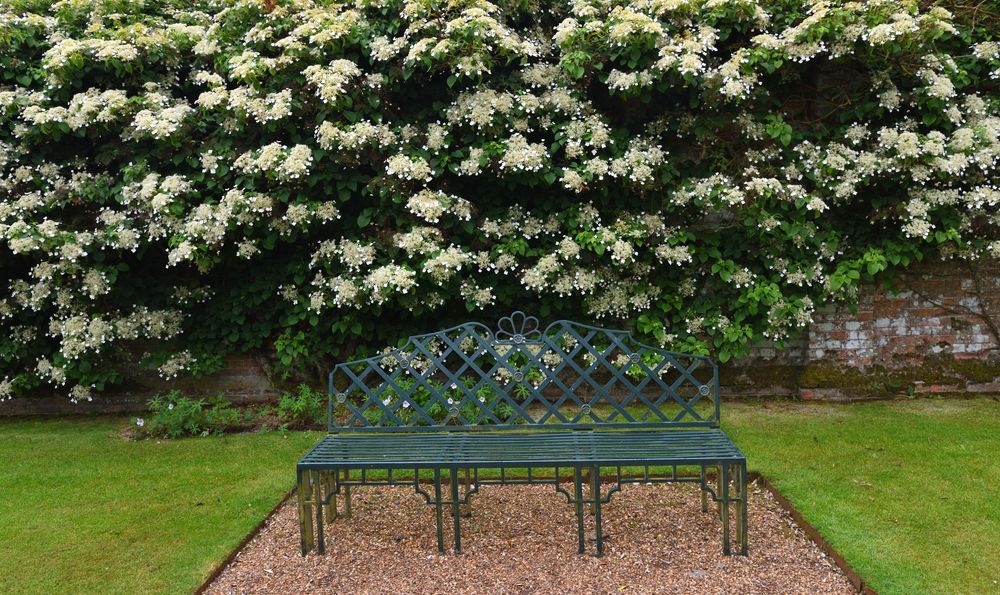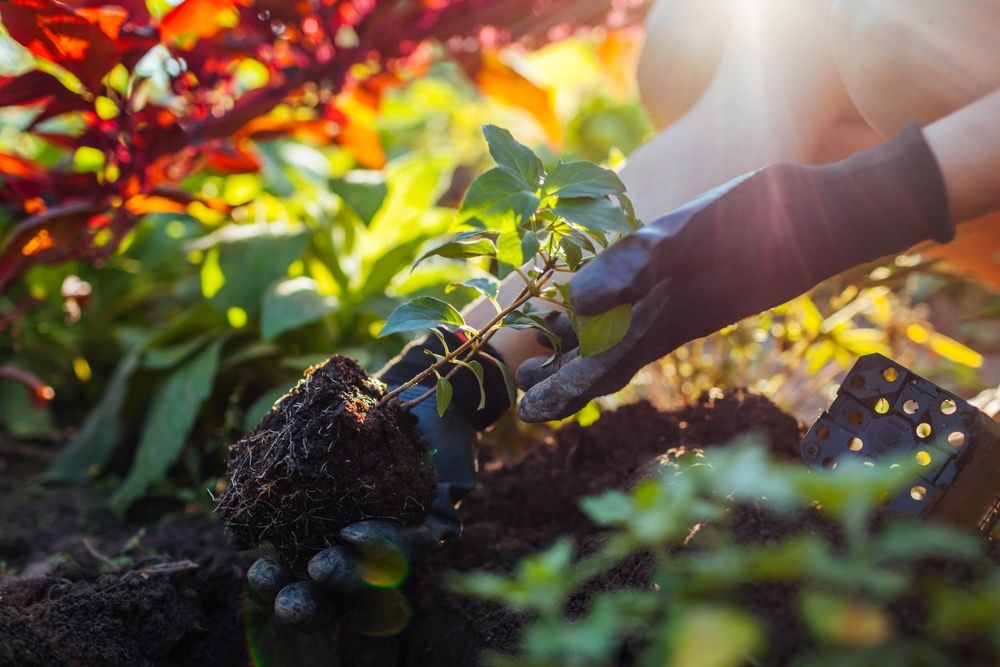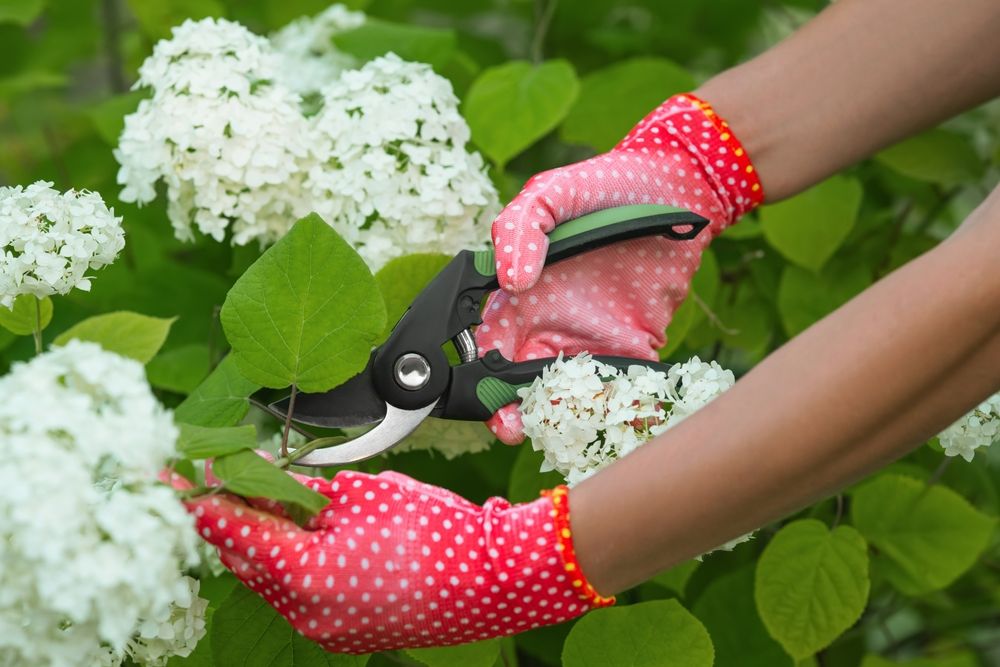
Climbing Hydrangea in Your Garden: A Flourishing Guide
Published: 13/11/2023 | Updated: 17/11/2023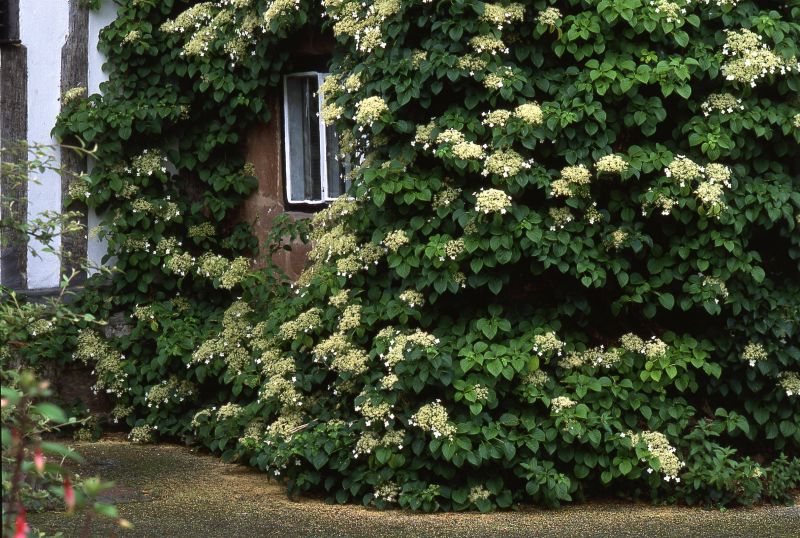


In the world of garden beauties, few plants capture the imagination quite like climbing hydrangeas. With their delicate white flowers, glossy green leaves, and a unique ability to scale walls and arbors, these vines add an ethereal touch to any outdoor space. If you've ever yearned for a plant that seamlessly blends the charm of old wood and the allure of fresh blooms, then look no further than climbing hydrangeas.
In this comprehensive guide, we'll discover climbing hydrangeas, from understanding their unique characteristics to cultivating and caring for them in your garden. With a blend of practical tips and gardening wisdom, we'll explore the mysteries of these massive vines, uncover the secrets of their aerial rootlets, and reveal the magic they bring to your outdoor haven.
So, let's embark on a journey to discover the enchanting realm of climbing hydrangeas, where glossy green leaves meet white flowers, and every season is a masterpiece of nature's artistry.
Unveiling the Allure of Climbing Hydrangeas
Climbing hydrangeas, scientifically known as Hydrangea anomala subsp. petiolaris are renowned for their distinctive features that set them apart from the typical hydrangea shrubs. These remarkable vines, also referred to as false hydrangea vines, can be grown in various climates and are prized for their year-round appeal.
Glossy Green Leaves: One of the defining characteristics of climbing hydrangeas is their glossy green leaves, which create an attractive backdrop for the star of the show – their white flowers. The leaves are large, dark green, and provide an elegant, lush appearance even when the plant is not in bloom. This makes climbing hydrangeas a versatile choice for any garden setting.
Massive Vines: Climbing hydrangeas are known for their vigorous growth, often creating massive vines that can reach heights of up to 80 feet or more under the right conditions. These vigorous climbers are an excellent choice for covering walls, fences, and arbors, creating a stunning visual impact in your garden.
Aerial Rootlets: What truly sets climbing hydrangeas apart is their unique method of attachment. They employ aerial rootlets to cling to surfaces and scale walls, trees, and other structures. These rootlets enable the plant to securely anchor itself while providing support as it climbs. This adaptation is a testament to the plant's versatility in a variety of garden settings.
White Flowers: Climbing hydrangeas produce beautiful, lacecap-style white flowers that typically appear in early summer. The blossoms are not only visually appealing but also emit a delicate fragrance, adding to their overall charm. These white flowers are an excellent choice for dried bouquets, providing a touch of elegance to your indoor spaces.
Winter Interest: While climbing hydrangeas are renowned for their summer splendor, they don't fade into obscurity during the winter months. Their peeling, cinnamon-colored bark offers an attractive contrast against the backdrop of the season's cold and snow. This unique winter interest adds a touch of magic to your garden, even when other plants have gone dormant.
Climbing hydrangeas are not just beautiful, but they also offer a range of benefits for your garden. Their vigorous growth and ability to provide shade and privacy make them a favorite choice for many garden enthusiasts.
Cultivating Climbing Hydrangea Plants with Care
Cultivating climbing hydrangeas in your garden is a rewarding endeavor, but it's essential to provide them with the right care to ensure their healthy growth and abundant blossoms. Here's a comprehensive guide on how to plant and nurture these versatile vines:
-
Planting Location: When selecting a location for your climbing hydrangeas, keep in mind that they thrive in partial shade or afternoon shade, especially in areas with hot, intense sunlight. However, they can tolerate full sun in regions with milder climates. Choose a spot with well-drained soil, ensuring it remains moist but not waterlogged.
-
Soil Preparation: Preparing the soil is a crucial step for your climbing hydrangeas to thrive. These vines prefer well-drained soils with organic matter. Incorporate compost or well-rotted manure into the planting area to improve soil quality and fertility. Well-draining soil is essential to prevent root rot, a common issue with climbing hydrangeas.
-
Planting Technique: Begin by digging a hole twice the size of the plant's root ball. Place the plant at the same depth it was in its original container, ensuring the soil line remains consistent. This is important as planting too deeply or too shallowly can affect the plant's health. Fill the hole with soil, gently tamping it down as you go to eliminate air pockets.
-
Adequate Spacing: When planting multiple climbing hydrangeas, ensure proper spacing between them. These vines can spread significantly as they mature, so spacing them about 3 to 4 feet apart is a good rule of thumb. This spacing allows each plant to have sufficient room for growth.
-
Watering Routine: Climbing hydrangeas thrive in moist soil, but they don't tolerate standing water. Ensure a consistent watering routine, especially during the growing season. Water deeply and regularly to maintain soil moisture levels. Applying mulch, such as wood chips or shredded bark, around the base of the plant helps retain moisture and suppress weeds.
-
Feeding Schedule: Provide your climbing hydrangeas with a slow-release fertilizer in early spring to promote healthy growth and vibrant blooms. Follow the manufacturer's instructions for the appropriate dosage and application method. Avoid over-fertilizing, as this can lead to excessive foliage growth at the expense of flowering.
Caring for climbing hydrangeas involves diligence, but the rewards are well worth the effort. These vines can become a focal point in your garden, creating a breathtaking display of glossy green leaves and white flowers.
Climbing Hydrangeas in Late Summer: Pruning and Maintenance
Late summer is a crucial time for pruning and maintenance to ensure the continued well-being of your climbing hydrangeas. Here's what you need to do:
-
Deadheading: Regularly inspect your climbing hydrangeas for spent or fading flowers. Deadheading, or removing these spent blooms, serves two essential purposes. First, it improves the plant's appearance by eliminating the dried flowers. Second, it encourages the production of new flower buds. Pruning shears or scissors can be used to snip off the faded blooms at their base.
-
Pruning Dead or Damaged Branches: The end of the summer season is an excellent time to assess the overall health of your climbing hydrangea. Look for any dead or damaged branches or stems. These can be pruned back to the main stems or the base of the plant. Healthy branches should be glossy green and free from discoloration.
-
Pruning for Shape: If your climbing hydrangea has become too unruly or overgrown, you can selectively prune some of the older branches for shape. Trimming back the ends of these branches helps maintain a tidy appearance and encourages more robust growth in the following year. Avoid extensive pruning, as climbing hydrangeas prefer a more natural and sprawling look.
-
Aerial Rootlet Care: Check the climbing hydrangea's aerial rootlets, which allow it to cling to supporting structures. Ensure they are secure and do not cause damage to the surface. If rootlets have detached or become unruly, gently guide them back to the support or trim them as needed.
-
Water and Soil Management: Continue to monitor the soil's moisture levels. Even though late summer might bring some rain, it's essential to maintain adequate moisture, as climbing hydrangeas are sensitive to drought. A layer of mulch around the base helps conserve soil moisture and keep the root zone cool.
Caring for climbing hydrangeas in late summer is about setting the stage for their growth next year. Pruning, deadheading, and maintenance ensure that your plant remains healthy and visually appealing. As you tend to your climbing hydrangeas during this time, you'll be rewarded with vigorous growth and a lush, vibrant display of foliage and flowers.
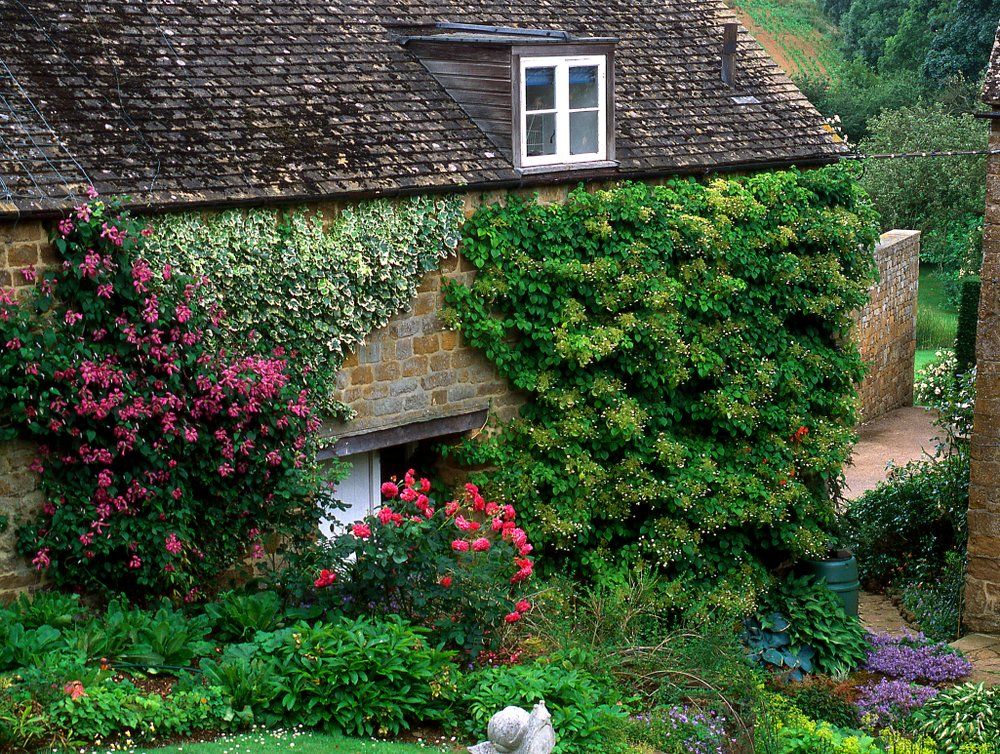
Conclusion: Elevate Your Garden with Climbing Hydrangeas
Throughout this guide, we've explored the remarkable world of climbing hydrangeas, delving into their characteristics, care requirements, and seasonal care. From planting young vines to nurturing mature plants, and from early spring buds to late summer blooms, these plants are a testament to nature's beauty and resilience.
However, if you ever find yourself in need of professional advice, or supplies, or simply wish to explore an exquisite variety of plants, including climbing hydrangeas, consider visiting ShrubHub. Our team of gardening enthusiasts and experts is always ready to assist you with tips, guidance, and access to a wide range of garden treasures.
As you continue to nurture your climbing hydrangeas, remember that your garden is an ever-evolving masterpiece, and your plants are the living brushstrokes that enhance its beauty. With each season, your climbing hydrangeas will paint a vivid picture, brightening your outdoor space and turning your garden into a captivating work of art.
So, dive into the world of climbing hydrangeas, create your masterpiece, and let your garden flourish.



